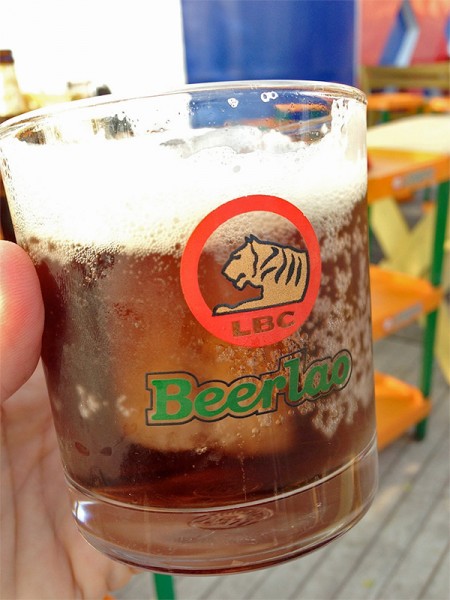Friday May 3, 2013
Travelers venturing abroad to regions like Southeast Asia will often get this piece of advice: Don’t drink the water. The warning comes with good reason: a number of diseases and illnesses can result from drinking contaminated water. The risk is higher in undeveloped areas, where a host of bacteria, viruses, and amoebas can lurk in water tainted with human or animal waste. Drinking contaminated tap water or eating food washed in it can wreak intestinal inconveniences like traveler’s diarrhea, or inflict more serious ailments like typhoid or Hepatitis A. Although many large Southeast Asian cities have modernized their sanitation and improved their water quality, when we travel in rural areas for our Mekong program, bottled water is usually our safest bet. Or it’s an excuse to sample another bottled beverage, like one of the local beers, and indulge in some cultural exchange.
But when safety is not an issue, a glass of tap water and a glass of beer are far from equal choices when it comes to the amount of resources they take to produce. Water is used throughout the beer making process, from growing hops and barley in the field, to brewing the beer itself, to packaging the bottles. This all adds up to create an item’s water footprint, which is about 20 gallons of water for a single glass of beer. Other drinks also pack hefty water footprints, such as 30 gallons of water for a glass of wine, or 35 gallons of water for a cup of coffee (see more at the Water Footprint Network). Whatever we choose to satisfy our thirst, we usually take a lot for granted about our drink in hand, like its safety or resource use. It’s something to think about before you take a sip.

